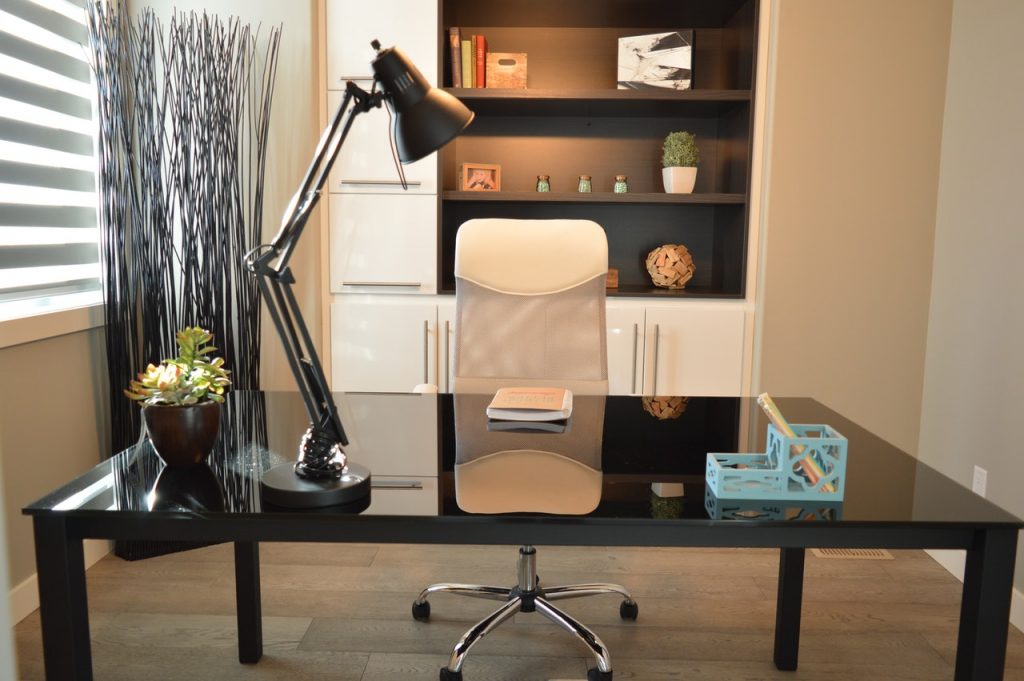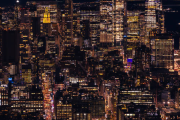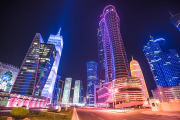The Importance of Office Lighting
For most people, the office and home are the places where they spend the longest time, and the boundary between the two is becoming more and more blurred due to the emergence of soho and the emergence of diversified design of office buildings. But one thing has never changed, that is, the pursuit of more comfortable and more user-friendly design.
The monotonous “white-collar workshop” has gradually turned into a luxurious office building equipped with a gymnasium, game room, and indoor playground. The light environment that has a great impact on the efficiency of the staff has also undergone many changes.
The purpose of office lighting is simply to provide office users with the light needed to complete their work tasks, and to further create a high-quality comfortable light environment based on the user’s physical and psychological needs.
The focus of office lighting design is to create a bright and comfortable light environment to improve the enthusiasm of the staff and improve work efficiency. Lighting experts and ordinary people have agreed that the quality of the lighting environment can affect the visual effects and people’s subjective feelings. ”
However, most companies still believe that their most important investment is their employees, and giving them generous salaries can make the company the most hopeful of obtaining a loyal and passionate workforce.
However, a good lighting environment can improve work efficiency and make work full of interest and passion.
In fact, “on average, the cost of human resources per unit area is more than 300 times the cost of lighting.”
Modern business owners’ understanding of the importance of office lighting and the importance of lighting are far from enough.
Features of a Modern Office
- The main structure of most office buildings is made up of layered floor slabs, which will block the natural projection of sunlight into the room.
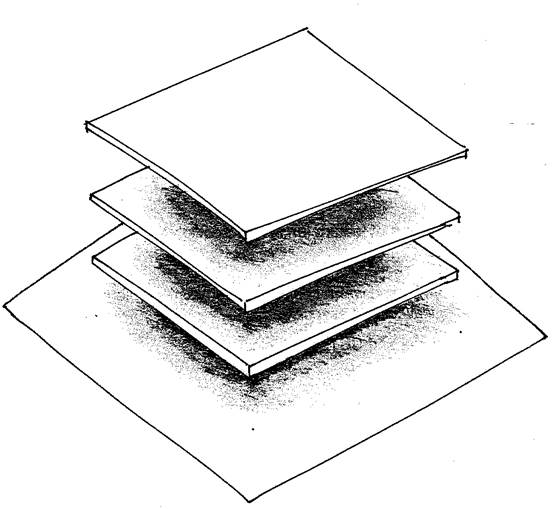 With the addition of walls, more sunlight is blocked. Therefore, in fact, the available effective sunlight in a typical building is only about 2% of the natural state.
With the addition of walls, more sunlight is blocked. Therefore, in fact, the available effective sunlight in a typical building is only about 2% of the natural state.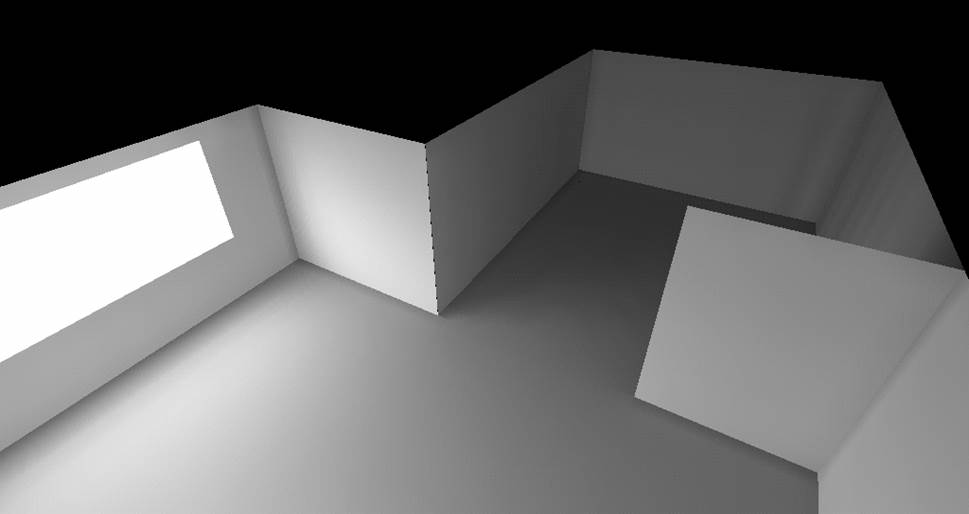
Therefore, artificially create a light-dark contrast that is distributed too much and too heavily, which is much more serious than what is seen under natural conditions. . Although daylight is real and natural, the way that daylight enters the room is limited, creating an uncomfortable and unnatural environment.
- Modern office work requires extensive use of visual terminal equipment such as desktops, notebooks, tablets, and mobile phones.
3. Modern office space is no longer just a place for employees to complete their work independently, but more of a communication center, a place for communication and exchange of information among employees, employees and customers. The completion of the work plays an increasingly important role.

The Needs of Modern Office Lighting
Due to the changes in the space characteristics of modern office environments, office methods, and the use of office space, problems will follow one after another. How to solve excessive contrast and reasonable layout of spatial brightness distribution to solve the fatigue caused by visual monotony? How to effectively avoid glare (direct and indirect glare) caused by the reduction of work efficiency? How to better provide a comfortable and efficient communication environment? All have become a new demand for modern office lighting.
Demands have changed, and the focus of lighting design has also shifted. It is no longer merely satisfied to provide sufficient illuminance, uniformity and color rendering control on the working surface, but also needs to distribute the spatial brightness reasonably, effectively avoid glare, and provide vertical surfaces. Lighting, lighting control and introduction of natural light, etc. to meet people’s deep-seated needs, more energy-saving, comfortable, and humanization has become the pursuit of modern office lighting design.
Lamp Selection of Modern Office Lighting Design Guide
According to the characteristics and needs of modern office space, as well as the understanding and grasp of lighting sources, electrical technology and products, the designer’s framework for office lighting design is basically established. Today we look at how to choose the right lamps for office lighting.
The editor believes that in the part of lighting recommendation, the role of lighting designer is like a headhunter. She is responsible for applying the most suitable product recommendation to the most suitable space. Whether or not this product is qualified for this space is like whether or not this person is qualified for this position.

The difference with headhunting is that headhunting is not responsible for designing the job responsibilities, but only finds the right person according to the needs of the owner, and the designer is the first person in charge of shaping the light environment of the space itself, and the case itself will become the designer later It’s a product, so it should bear more important responsibilities.
We have already evaluated the color temperature, color rendering, energy efficiency, etc. of the light source. If this part is regarded as the candidate’s knowledge reserve, then we look at the lamp today to assess whether he is competent for the job. (All the metaphors are crappy, let’s make do with it~) Of course, what we designers often have, as well as the requirements for the size, shape, material, and workmanship of the lamps, are not discussed in this article.
For modern office spaces, the main aspects of lamp evaluation involve: light output method, light output efficiency, light distribution curve and lamp brightness limit curve, which are mainly related to the energy efficiency level, glare control and brightness distribution of the space, and the latter two are directly related to Visual comfort. We take the most commonly used light panels in office space as an example for analysis.
According to the spectral light efficiency curve (visual function), under photopic vision, the human eye is most sensitive to 555nm green light. It is worth noting that when the radiant power of 555nm green light is 1W, the emitted luminous flux is 683lm. At this time, 1W power produces the largest luminous flux, which means that 1lm is equivalent to 1/683W, which is required to produce 1lm luminous flux. Minimum power.
We can see that if high luminous efficiency is required, the radiation wavelength of the light source needs to be concentrated to 555nm as much as possible. But the requirement of color rendering is that the radiation wavelength of the light source needs to be distributed in various bands.
Let’s look at this pair of enemies: light utilization efficiency and comfort. In terms of light utilization efficiency, we hope that all light can be directly used on the work surface, but in terms of comfort, we like the space to be filled with light (whether it is a homogeneous light or a more interesting brightness distribution) ).
When selecting lamps, we need to balance between the two, and then we can preliminarily determine the way the lamps emit light:
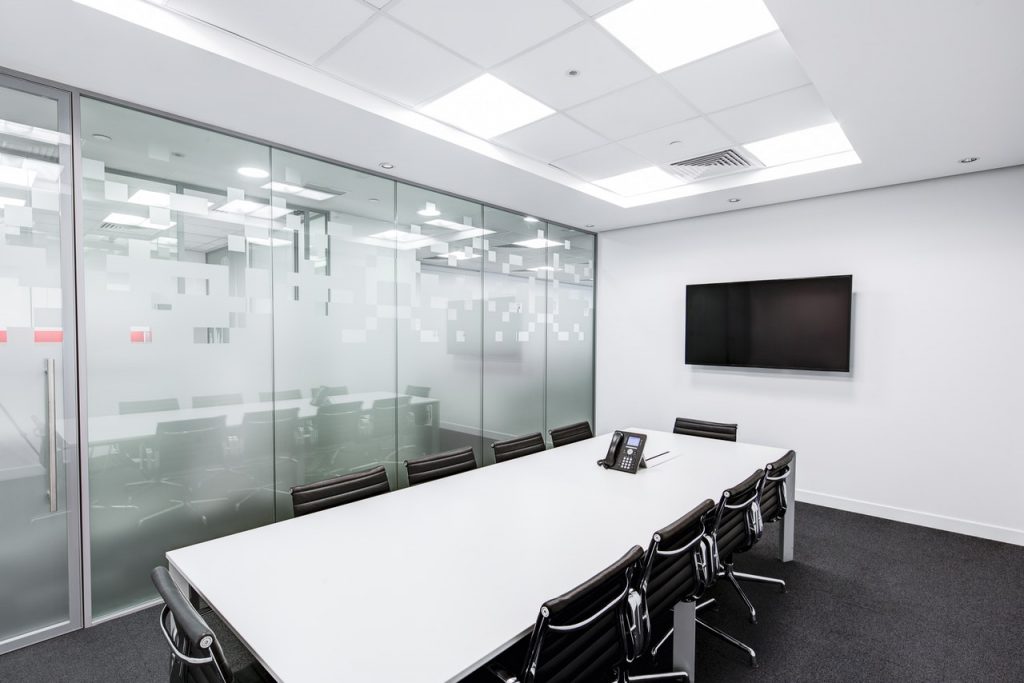
If the office lamps are distinguished according to direct/indirect lighting, according to the following lamp examples, it is not difficult for us to understand the above nine icons. The difference between them can be described by a parameter: FFR (relative luminous flux ratio: downward luminous flux DLOR/upward luminous flux ULOR).
When FFR=0, it means that the fixture has only downward light. This can be a completely direct diffuse luminaire, usually a grille luminaire. Although such a luminaire can provide a high direct radiation ratio and can produce high luminous efficiency in the work area, it will also be due to its high light and dark contrast. And produce a depressed atmosphere. This kind of lamps can be embedded, ceiling or suspended installation.
When FFR=0.1, this kind of lamps cannot be embedded or ceiling mounted. It produces a small amount of upward light, which can help relieve the depressive atmosphere created by pure downward light, and it can also soften shadows.
When FFR=1, the ratio of upward light and downward light produced by the luminaire is the same, and at this time, the term “direct/indirect ratio” will become “indirect/direct ratio”. The shadows have become much softer, and the contrast has also been reduced, but the efficiency of the luminaire is slightly lower than that of the luminaire with a high direct illuminance ratio.
When FFR=10, the luminaire is almost pure upward light, only a small part of downward light is usually covered or scattered. The downward light has a different pattern, and most of it is also scattered. The lighting effect depends on the finish of the ceiling, the distance between the lamps and the distance between the lamps and the ceiling.
When FFR=∞, a purely upward-illuminated luminaire can produce a special scattering effect, the contrast is very low, and there is a monotonous tendency. Similarly, the final effect mainly depends on the finish of the ceiling, the distance between the lamps and the distance between the lamps and the ceiling.
At the same time, the light emitting method of the lamp not only affects the utilization efficiency, but also determines the visibility of the light source. Combining FFR and light source visibility, we can make an evaluation of comfort.
According to research, the ratio of indirect light has different effects on computer and desktop reading under different illuminance levels.
Similarly, the impact of indirect lighting on visual psychology in terms of making employees pay attention to work, being motivated, and feeling happy is also related to the level of illumination, not as many as possible.
Regarding comfort considerations, while making full use of indirect light, we also need to strictly limit glare, so as not to affect work efficiency in visual physiology.
One of the ways to limit direct glare is to control the protection angle of the luminaire, which is the advantage of the down-illuminated grid luminaire. According to the viewing angle of sitting posture, the protection angle of office lamps should be controlled above 30°.
But for lamps that use white grilles or mirror aluminum grilles but poor light control design, simple geometric principles are not enough to reflect the essential problems. Taking into account the use of visual display terminals in modern offices, it is necessary to further look at the surface brightness limit curve of the luminaire.
In addition, in addition to the lamp itself, the brightness of other light-receiving surfaces in the room will also have an impact on vision. The figure below is the latest European standard for indoor surface reflectance, which can be used as a reference for design.
In general, modern office lighting design is a comprehensive project. When selecting luminaires, it is necessary to consider energy efficiency and glare control, as well as the comfort of the form and spatial brightness distribution of the luminaire. Visual psychological effects, and control within the scope of reasonable positive effects.
(To Be Continued)

